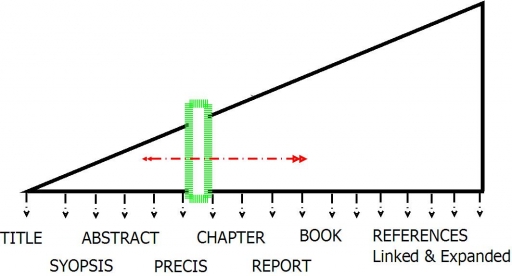Courtesy of browsing through my own and two other tutor groups, and looking at the lists produced by a couple of student friends who did H810 in 2010 and 2011 I've developed this 'long list' of 13 issues. I wanted to eliminate concepts and models, which were distracting me. I struggled repeatedly to get these in any order until I did two things:
1) put the issues into my context, knowing the set up and people, what could or would result in something happening for the better in relation to delivering any learning, let alone accessible e-learning for those for whom there are barriers from a variety of known impairments or disabilities
2) create a table of all 13 issues and compare one to the other as less or more important IN MY CONTEXT.
My chosen context is the coaching and teaching of swimming in the UK - with e-learning available for teachers, coaches, club officials, parents and athletes.
I particularly want to thank Simon Carrie who has my point 3 as his first issue - I hadn't given it a moment's thought but in my context, and no doubt in the context of most of us, it cearly is very important - people and tools cost time and money.
(The ones I am likely to pick for the EMA are highlighted - skewed by the needs and practices of my chosen context)
1 Objecti(ive) - The importance of and scoping of the objective as means to an outcome
2 Subject - Significance or role of the subject (student/lecturer) User Centred Design. Involve users in the design.
3 Incentives - Incentives to invest
4 Universal Design - Universal Design/Equity
5= Novice 2 Expert - The role of the novice to learn, participate and develop expertise.
5= Framework for change - A framework for change - An Activity Systems as a model for analysis and action
7 Tools - Role of tools - assistive, web pages, equipment and 'design for all'.
8 Contradictions - Contradictions , conflicts of problems with the actions between components of a recognised activity system
9= Rules - The role of rules (legalese and guidelines) - informal and formal
9= History - What the history of such efforts says about what should be done next and what can be achieved in the future.
11= Division of labour - Division of labour - who is responsible, who is the broker?
11= Community - The community as a ‘community of practices’ or a constellation of connections that engage and participate.
13 Game-like - Game-like play between institutions
What are your thoughts? In your context? How would you prioritise or word these issues? Are there more still (probably).
The two other contexts that interest me are from the point of view of an e-learning agency and from a client point of view.
For the latter - Object(ive) as everyone works to the brief once this is written with clear objectives, universal design for those for whom design as an expressions of creativity and problem solving is important. Tools as agencies are expected to come up with a 'clever' technical response. Framework for change - as in a consultancy capacity the agency will be expected to offer some actionable plan.
For the former - Incentives (as performance Improvement), Rules (legal and mission compliance) and division of labour (who does what) are likely to be significant.
